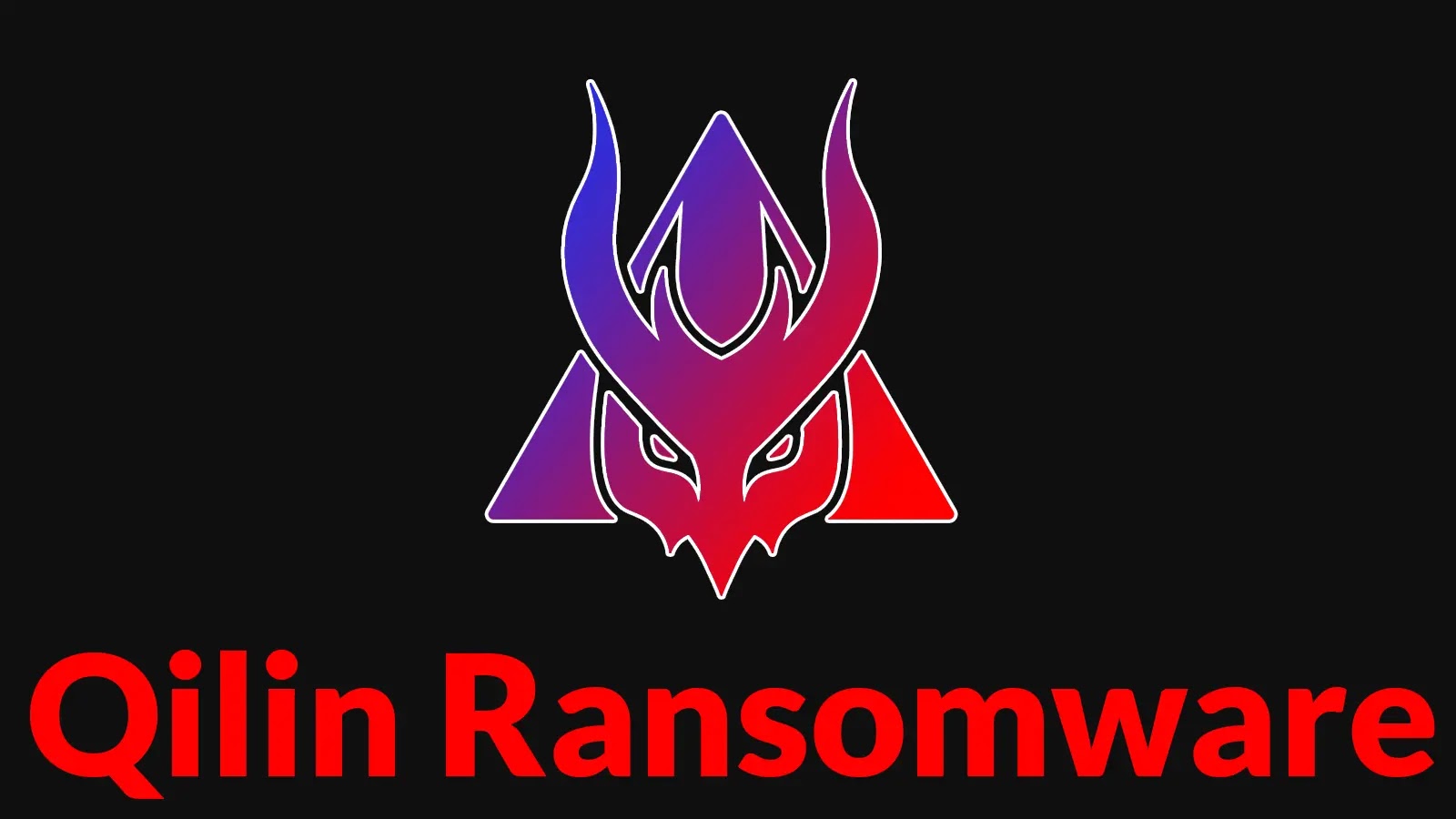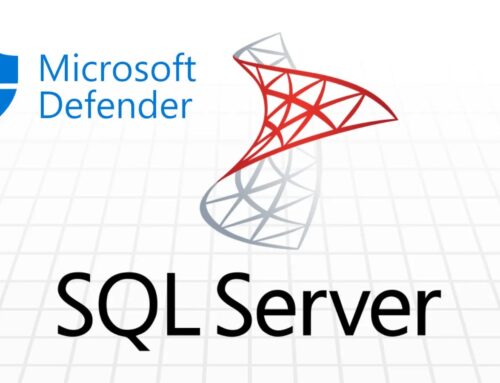
Qilin Ransomware Leads The Attack Landscape With 70+ Claimed Victims in July
The Relentless Ascent of Qilin Ransomware: Dominating the Attack Landscape in July
The digital battleground is in constant flux, and July 2025 painted a stark picture of one ransomware group’s alarming consolidation of power. Qilin ransomware, a sophisticated and aggressive player, didn’t just maintain its presence; it solidified its position as a primary threat, claiming over 70 victims and significantly influencing the ransomware incident landscape. This dominance for the third time in four months signals a critical shift in the cybercriminal hierarchy, demanding immediate attention from security professionals globally.
Qilin Ransomware’s July Supremacy: Unpacking the Numbers
According to recent analysis, July 2025 saw a concerning surge in ransomware activity, with a total of 423 incidents reported. Within this turbulent environment, Qilin ransomware stood out conspicuously. The group successfully listed 73 distinct victims on its data leak site, an impressive figure that represents a substantial 17.3% of all reported ransomware incidents for the month. This level of activity not only showcases Qilin’s operational efficiency but also its aggressive targeting strategy across various sectors. The consistent performance of Qilin over recent months indicates a probable refinement in their attack methodologies and victim selection processes.
Understanding the Qilin Ransomware Modus Operandi
While specific CVEs directly exploited by Qilin in all their attacks are not consistently public, ransomware groups like Qilin typically employ a blend of proven and emerging tactics. Their initial access vectors often include:
- Exploiting Known Vulnerabilities: Phishing campaigns delivering malware that exploits unpatched vulnerabilities in public-facing applications. For instance, common targets might include flaws in widely used software. While no specific CVEs for current Qilin campaigns are identified in the source, historical ransomware attacks often leverage vulnerabilities like those found in VPN services (e.g., Fortinet CVE-2023-27997) or remote code execution flaws in collaboration tools.
- Compromised Credentials: Gaining access through stolen RDP (Remote Desktop Protocol) credentials or exploiting weak authentication mechanisms.
- Supply Chain Attacks: Infiltrating organizations by compromising a trusted third-party vendor.
- Social Engineering: Tricking employees into downloading malicious payloads or revealing sensitive information.
Once initial access is established, Qilin’s operators likely engage in lateral movement within the compromised network, privilege escalation, data exfiltration, and finally, the deployment of their encryption payload. Their strategy appears to heavily rely on the “double extortion” model, where data is both encrypted and stolen, with the threat of public release used as leverage for ransom payments.
Remediation Actions: Fortifying Defenses Against Qilin and Similar Threats
Countering a pervasive threat like Qilin ransomware requires a multi-layered and proactive cybersecurity posture. Organizations must prioritize robust preventative measures alongside rapid detection and response capabilities.
- Patch Management: Implement a rigorous, timely patch management program for all operating systems, applications, and network devices. Prioritize critical vulnerabilities (e.g., CVE-2021-44228, Log4Shell) that are frequently exploited by ransomware gangs.
- Strong Authentication: Enforce multi-factor authentication (MFA) across all services, especially for remote access, VPNs, and critical internal systems. Regularly review and reset default credentials.
- Network Segmentation: Segment networks to limit lateral movement. Isolate critical assets and sensitive data into separate, highly protected network zones.
- Backup and Recovery: Maintain immutable, offsite backups of all critical data. Regularly test backup restoration procedures to ensure business continuity in the event of a successful attack.
- Endpoint Detection and Response (EDR): Deploy EDR solutions to monitor endpoints for suspicious activity, detect anomalies, and enable rapid containment of threats.
- Security Awareness Training: Educate employees about phishing, social engineering tactics, and the importance of reporting suspicious emails or activities. A strong human firewall remains a vital defense.
- Incident Response Plan: Develop, communicate, and regularly practice a comprehensive incident response plan for ransomware attacks. This should include clear roles, communication protocols, and steps for containment, eradication, and recovery.
- Least Privilege Principle: Grant users and applications only the minimum necessary permissions to perform their tasks, minimizing the potential impact of compromised accounts.
The Consolidation of Criminal Operations: A Troubling Trend
The sustained dominance of Qilin ransomware, along with the reported “consolidation of criminal operations,” points to a maturing and dangerous ransomware ecosystem. This suggests that fewer, more capable groups are emerging, potentially with better funding, more sophisticated tools, and more organized structures. Such consolidation can lead to:
- Increased Efficiency: Streamlined operations, leading to more successful attacks.
- Greater Specialization: Focus on specific attack vectors or industries, making them harder to detect.
- Enhanced Persistence: Resilience to disruption efforts from law enforcement and cybersecurity firms.
- Professionalization: Adoption of business-like models, including customer support for victims and affiliates.
This trend underscores the necessity for organizations to move beyond reactive security measures and build resilient, adaptive defenses. Collaboration within the cybersecurity community, including threat intelligence sharing, becomes even more critical in countering these evolving and consolidated threats.
Conclusion: Remaining Vigilant in the Face of Qilin
Qilin ransomware’s leading position in July’s attack landscape is a stark reminder of the persistent and evolving threat posed by cybercriminals. Their ability to claim over three-quarters of a hundred victims in a single month highlights the urgent need for a fortified and proactive cybersecurity posture. Organizations must prioritize foundational security practices, invest in advanced threat detection capabilities, and continually educate their workforce. The battle against ransomware is ongoing, and only through sustained vigilance and robust defenses can we hope to mitigate the impact of formidable adversaries like Qilin.





